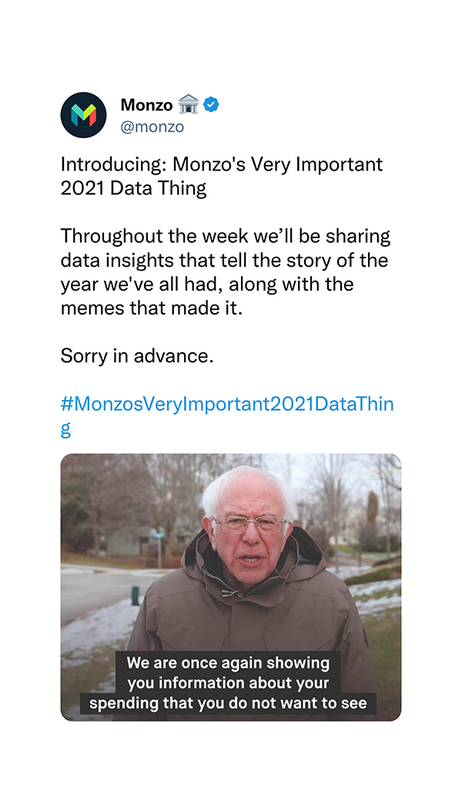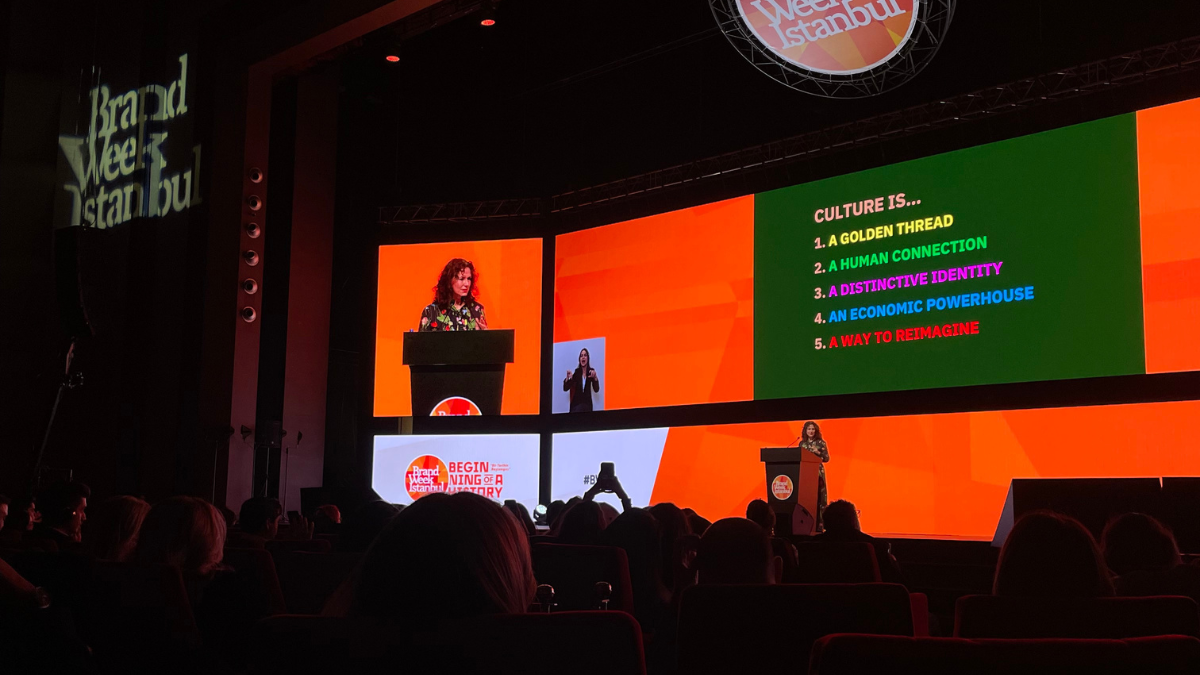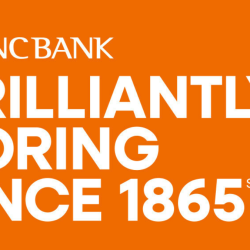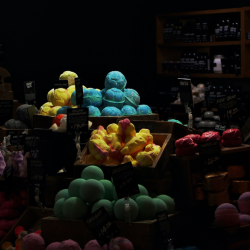The concept of ‘authenticity’ is without a doubt marketing’s favourite current buzzword. But what does this heavily used term actually mean? Among the core principles often highlighted as ‘essential’ to building an authentic brand — accountability, self awareness, connectedness and transparency — transparency stands out as particularly challenging for brands to manage. This is largely due to its high-risk, high-reward nature, making it a complex but potentially powerful strategy for brand development. In creative pitches clients often shy away from being transparent, in fear of it backfiring.
And that’s understandable. Naturally, exposing the inner workings of a brand on social media comes with open vulnerability, and a risk of being criticised on the world’s stage. But what most brands fail to realise is that by letting the fear of being vulnerable get the better of them, they’re actually missing out on building trust, brand love and genuinely connecting with their audience. Research suggests this is especially the case with Gen Z, who are more likely than their older counterparts to be sceptical of brands who opt for ‘polished over imperfect’.
Clearly, there’s a need for brands to meet audiences’ craving for honesty and realness. But like anything, there’s a right and a wrong way to do it. It’s crucial to put guardrails in place before brands start trying to be more transparent with followers and fans. Once a brand has cracked this code, it will be able to have fun with its content — safe in the knowledge that it won’t come back to bite them.
Be strategic
Firstly, consider where, how and what to be transparent about. Transparency doesn’t mean jumping online to air every issue a brand encounters, and owning up to every mistake. It’s about being strategic and picking the right aspects of the brand to be open about. Cereal brand Surreal has got this balance bang on.
We can assume — as is the case with any new product development process — that the recipe for the Choc Hazelnut cereal we eat every day for breakfast didn’t make it to our bowl without a few setbacks. Maybe the second batch didn’t quite deliver on taste; perhaps the third batch wasn’t high protein enough. We’ll never know, and for good reason, because that’s not what Surreal chooses to focus on.
Instead, what Surreal does brilliantly is separate its marketing team from other operational areas of the business. That means they can be transparent with their LinkedIn followers about their marketing campaigns, like their lo-fi January out of home campaign complete with WordArt that would make any graphic designer despair. Knowing what we know about our industry, there’s absolutely no doubt that this campaign wasn’t as laissez-faire as it seems — but that might just be irrelevant.
Surreal is straying far from the overdone ‘New year, new me’ and ‘live your best life’ sentiment that’s so endemic to January marketing, and tapping into the very real national appetite for unenthusiasm, all without compromising the reputation of their product.
Be unserious
Secondly, being transparent as a brand doesn’t have to be serious – even when people assume it should be. Take KFC, for example. When UK restaurants ran out of chicken due to supply issues in 2018, the brand had a serious crisis on its hands.
But rather than opting for a sombre, corporate apology completely devoid of brand personality — or worse, ignoring the situation altogether — KFC responded by combining transparency in its comms with a playful rearranging of the letters in its name, spelling ‘FCK’.
A small, clever detail — and one that reached over a billion people and won numerous awards. Likewise, Surreal’s unpolished marketing content makes the brand feel less disconnected from reality, all while exposing the industry for taking itself too seriously. Going against the grain might feel uncomfortable at first, but audiences will no doubt find it a tonic to the ‘sea of same’ content on their feed.
Be disruptive
Above all, remember that the guardrails for being transparent are dependent on the brand: the brand persona, the industry, and tone of voice. As a financial services provider, Monzo has to remain compliant with the FSCA, but it can still bring joy to social feeds with campaigns like Very Important Data Thing that tell a story through our spending habits.

Once a brand has crafted out the playground in which it can play, it’s time to get creative, bold and disruptive. In doing so, it’s important to approach transparency with confidence. The audience shouldn’t feel that they’ve been outsmarted or discovered these inner workings without the brand’s consent, or else intrigue will build for the wrong reasons.
Remember: the brand is in control, the brand owns its transparency, and the brand decides how this information is shared.
Featured image: Aleks Dorohovich / Unsplash































